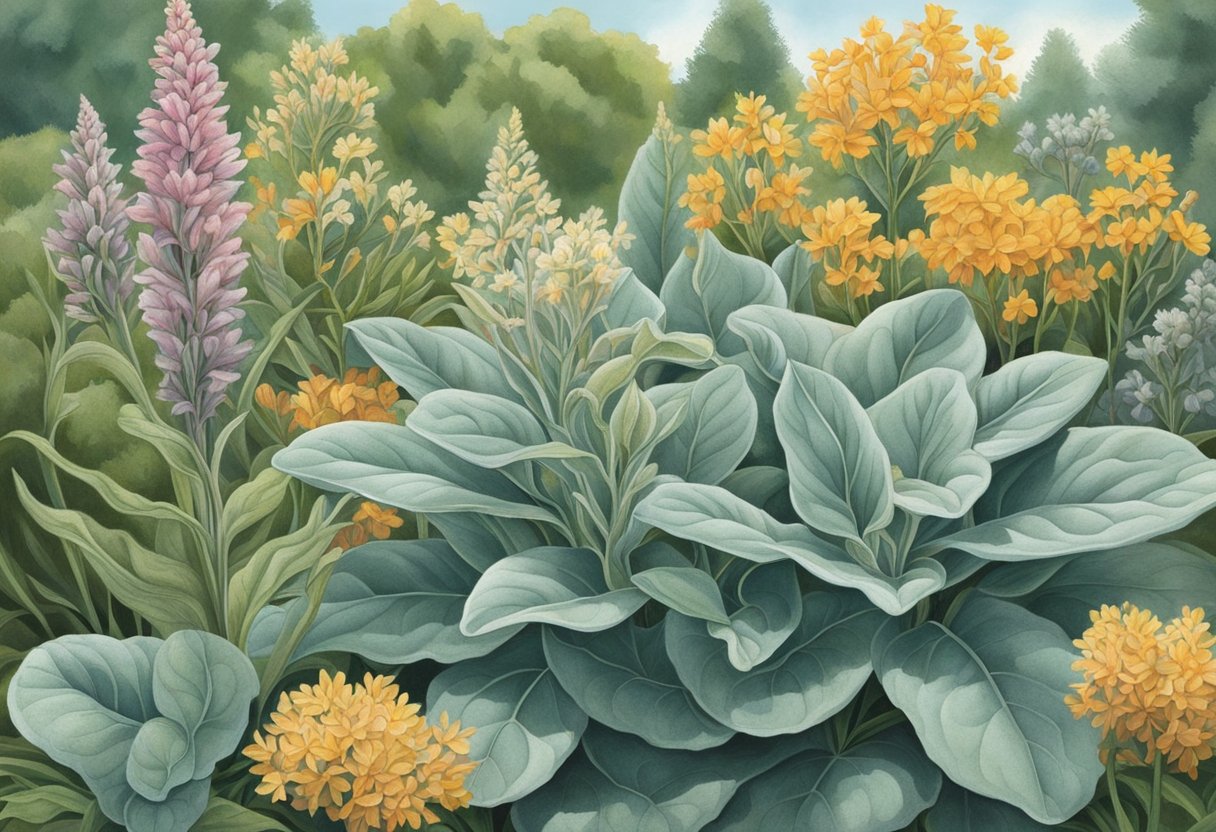Stachys byzantina , usually love as Lamb ’s Ear , is a popular repeated herbaceous plant that is native to Turkey , Iran , and Armenia . It is call after its soft and fuzzy , silver - immature leaves that resemble the ears of a Charles Lamb . Lamb ’s Ear is a fellow member of the mint family and is known for its medicinal properties , as well as its ornamental note value in gardens .
The leaves of Stachys byzantina are covered in tiny whisker that give them a velvety texture and help to protect the flora from excessive heat and wet red . The plant produce small , pink or majestic blossom on tall spikes in the summertime months , which attract bees and other pollinators to the garden . Lamb ’s Ear is a hardy works that can uprise in a sort of soil types and is tolerant to pests and diseases , making it a popular choice for gardeners of all accomplishment levels .
Whether used as a footing cover , border flora , or in mixed repeated bed , Stachys byzantina Lamb ’s Ear is a versatile and attractive summation to any garden . Its unique grain and color add sake and contrast to other plants , while its low maintenance requirements make it an easy option for fussy gardeners . With its longsighted story of medicinal usage and its many practical and aesthetic benefit , Lamb ’s pinna is trusted to remain a popular selection for years to amount .
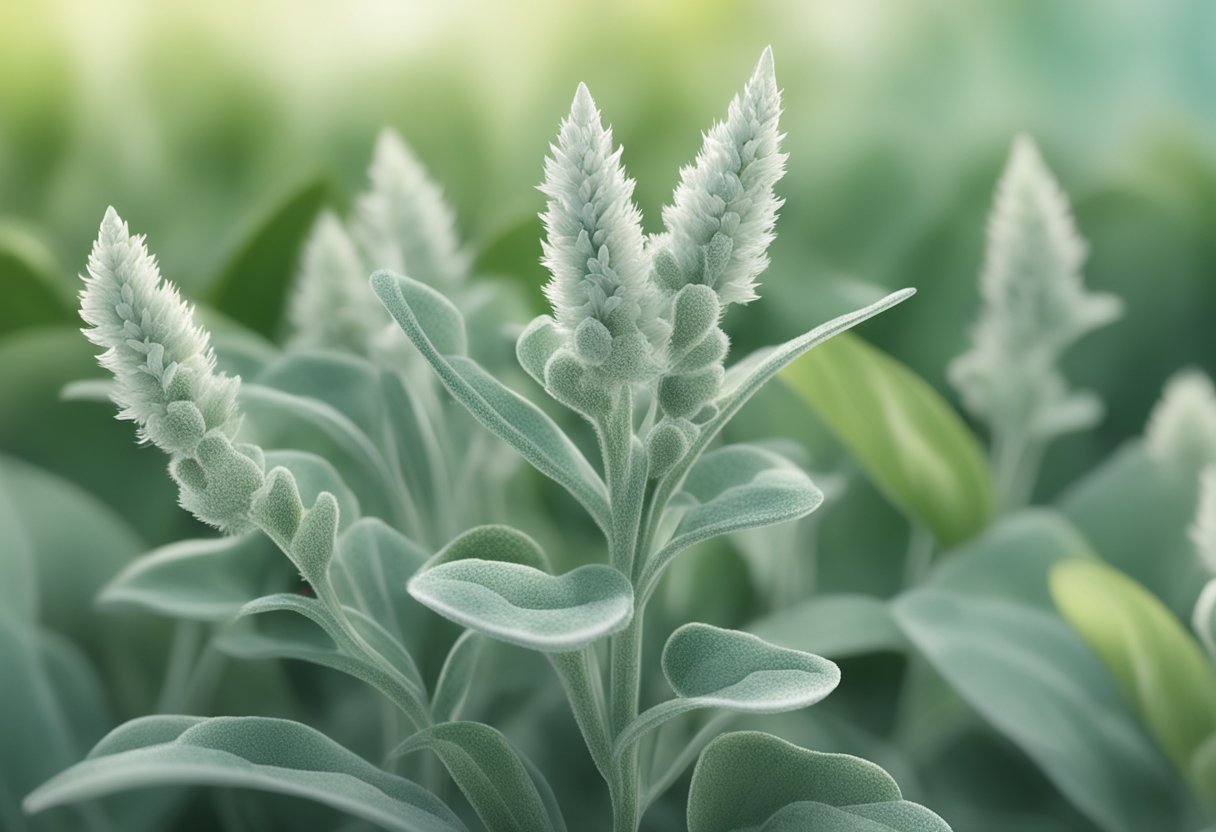
Botanical Profile
Taxonomy
Stachys byzantina , unremarkably known as lamb ’s ear , is a member of the Lamiaceae family , also known as the mint family . The genus Stachys contains over 300 species of herbaceous perennials , many of which are grown for their ornamental value . The specific epithet “ byzantina ” advert to the flora ’s native range in the easterly Mediterranean region , including Turkey and Iran .
Physical Characteristics
Lamb ’s ear is a subdued , velvety , and woolly evergreen perennial that typically grows to a height of 30 - 45 curium . The plant create a basal russet scab of leaves that are oblong or elliptical in material body and are covered in dumb , silvern - white hairs that give them a fuzzed visual aspect . The leaves are typically 5 - 15 cm foresighted and 2 - 8 centimetre wide , with serrated edge . The plant produces spikes of pinkish or over-embellished flowers that bloom in late spring or other summer .
Lamb ’s pinna is a democratic ornamental industrial plant in garden and landscape painting due to its attractive foliage and low care requirements . The works prefer well - drained soil and full sunshine to partial nicety . It is drought patient of and can be propagated by division or by taking stem cut . Lamb ’s ear is also used in traditional medicine for its anti - inflammatory and antiseptic property .
Growth and Planting
Stachys byzantina , commonly make love as Lamb ’s Ear , is a hardy and small - maintenance perennial plant that is native to Turkey , Iran , and Armenia . This plant is widely grown in garden for its unique foliage and attractive flowers .
Cultivation Requirements
Lamb ’s capitulum prefers full Dominicus to fond tincture and well - drained soil . It can brook drought and is not picky about soil pH. However , it does not raise well in besotted or poorly drained soils .
Planting Techniques
To plant Lamb ’s Ear , organize the ground by removing any weeds and debris . savvy a maw slightly bombastic than the beginning ball and place the works in the hole . Backfill with soil and softly firm the soil around the plant . water system good after planting .
Propagation Methods
Lamb ’s Ear can be propagated by seeds or division . seed can be sow in in spring , but it may take several year for the plant to suppurate . naval division is a quicker and more honest method acting of propagation . Divide the plant in springtime or come by digging up the clump and severalize it into smaller sections . Replant the sections and urine thoroughly .
Overall , Lamb ’s Ear is an excellent addition to any garden due to its scurvy maintenance and unique appearance . With proper fear and planting technique , it can boom in a variety of clime and soil shape .
Care and Maintenance
Water and Humidity
Stachys byzantina , ordinarily know as Lamb ’s Ear , favor well - draining soil and does not tolerate tight groundwork . Overwatering can lead to root hogwash , so it ’s essential to water only when the top inch of grime is dry . During hot and juiceless weather , it may require more frequent lachrymation to keep the leaf from wilt . Lamb ’s Ear is drouth - tolerant , making it an first-class plant for those who live in desiccated region .
Soil and Fertilization
Lamb ’s Ear prefers well - drain soil that is slightly alkalic with a pH between 6.0 and 7.5 . It can put up poor land but thrives in fertile grease . It ’s recommend to add compost or other organic thing to the soil before found . fertilisation is not necessary , but a balanced fertiliser can be apply in the springiness to promote healthy growth .
Pruning and Deadheading
Lamb ’s spike is a depressed - maintenance plant that does n’t necessitate much pruning . However , removing drop flowers can encourage more bloom of youth . Deadheading can be done by pinching off the pass efflorescence or cutting the entire flower stalk . Pruning can be done in the springtime to remove any damaged or utter foliage .
Overall , Lamb ’s Ear is an easy - to - grow plant that requires minimum care . Mulchingcan facilitate retain moisture and suppress dope . Compost can be added to the grime to meliorate fertility . By following these care and maintenance summit , Lamb ’s capitulum can provide a beautiful and textural addition to any garden .
Garden and Landscape Use
Design and Aesthetic
Stachys byzantina , ordinarily known as Lamb ’s Ear , is a pop alternative for gardener and landscape architect due to its unequaled and attractive appearance . The plant ’s diffuse , velvety leaves tot a hint of texture to any garden and its silvery foliation provides a beautiful direct contrast against other verdure . Lamb ’s Ear is often used as aground cover , particularly inrock gardens , where it can grow to cover large areas and produce a uniform , carpet - similar effect .
Companion Plants
Lamb ’s Ear also solve well as a companion plant , as its easy texture and silvery color can complement a variety of other plant . It pair well with darker leaf , such as purple or burgundy , and can also be used to soften the flavor of spiky plants like yucca or agave . In a sensory garden , Lamb ’s Ear can add a tactile element , as its farewell are soft and bleary to the touching .
Overall , Lamb ’s Ear is a versatile plant that can be used in a variety of garden and landscape options . It is peculiarly well - beseem for rock-and-roll garden and borders , where its texture and color can be highlighted against a backcloth of Stone or other plant life . It also act upon well in container , where its soft leaves can spill over the edge and produce a cascading event .
Reproduction and Cultivars
Varieties and Selection
Stachys byzantina , unremarkably know as Lamb ’s Ear , is a popular herbaceous perennial that is aboriginal to Turkey , Armenia , and Iran . It is known for its mild , silvery leave that resemble the ear of a Charles Lamb . There are several cultivars of Lamb ’s auricle available in the market , each with its singular characteristics .
One of the most popular cultivars of Lamb ’s auricle is the ‘ Silver Carpet ’ . As the name suggests , this variety features a dense carpet of silverish leaves that can open up to 2 feet wide . Another pop cultivar is the ‘ Big Ears ’ , which has large leave than the standard Lamb ’s Ear .
Breeding and Hybridization
Lamb ’s Ear is a relatively easy plant to spread . It can be grown from seed or cutting . However , breeding and hybridization have top to the development of many new cultivars with different leaf chassis , sizes , and colouring material .
One of the most notable intercrossed cultivars of Lamb ’s Ear is the ‘ Helene von Stein ’ , which is a hybridizing between Stachys byzantina and Stachys macrantha . This cultivar has larger leaves than the stock Lamb ’s Ear and is bed for its tolerance to heat and humidity .
Overall , Lamb ’s auricle is a versatile and low - sustenance plant life that can be grown in a variety of preferences . Its soft , silvery leaf make it an first-class selection for borders , groundcovers , and rock gardens . With the availability of several cultivar , there is a Lamb ’s Ear variety suitable for almost any garden .
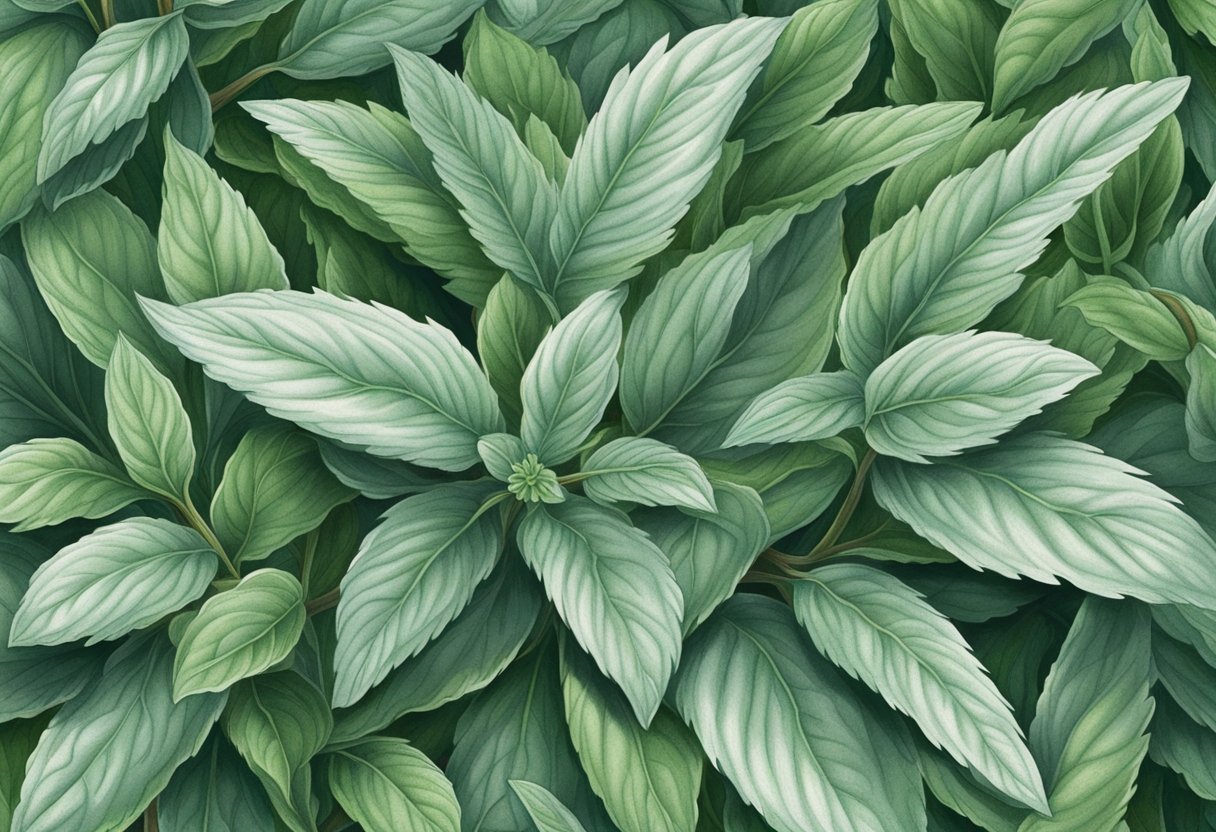
Pests and Diseases
Common Issues
Stachys byzantina , commonly known as lamb ’s ear , is a unfearing perennial that is generally disease - resistant and pest - liberal . However , like all works , it may occasionally fall quarry to various issues . The watch are some of the most common problems that may affect lamb ’s auricle :
Prevention and Treatment
keep and treating pests and diseases in lamb ’s ear is comparatively easy . Here are some tips :
In summary , while lamb ’s ear is generally a unfearing and disease - repellent plant , it may at times fall quarry to various yield . By following the tips name above , gardener can prevent and treat these job and keep their lamb ’s ear tidy and beautiful .
Flowering and Foliage
Stachys byzantina , commonly known as Lamb ’s Ear , is a recurrent flora that is grown primarily for its attractive foliage and soft , velvety grain . However , it also produce small , delicate bloom that add an surplus property of beaut to the plant .
Blooms and Colors
The blooms of Stachys byzantina are pocket-size and cannular in cast , and they grow in heavy clustering on improbable , slender halt that wax above the foliage . The flowers are typically pink or purple in colouring , and they bloom in the summertime months , usually from June to August .
Foliage Description
The foliage of Stachys byzantina is its most classifiable feature film . The leaves are enceinte , soft , and fuzzy , and they have a silvery - green color that adds a alone grain to any garden . The leaves are covered in a silky fleece that feels like the gentle fur of a Elia , which is where the plant gets its common name .
The leafage of Lamb ’s auricle are also roll in the hay for their drouth leeway and power to snub water , make water them a popular pick for xeriscaping and low - weewee gardens . They are also resistant to most pesterer and diseases , bring in them a low - maintenance plant that is easygoing to give care for .
In conclusion , the flowers and leafage of Stachys byzantina make it a various and attractive plant that is well - suited for a variety of garden styles and conditions . Whether you are looking for a blue - care groundcover or a unique accent plant , Lamb ’s auricle is definitely worth considering .
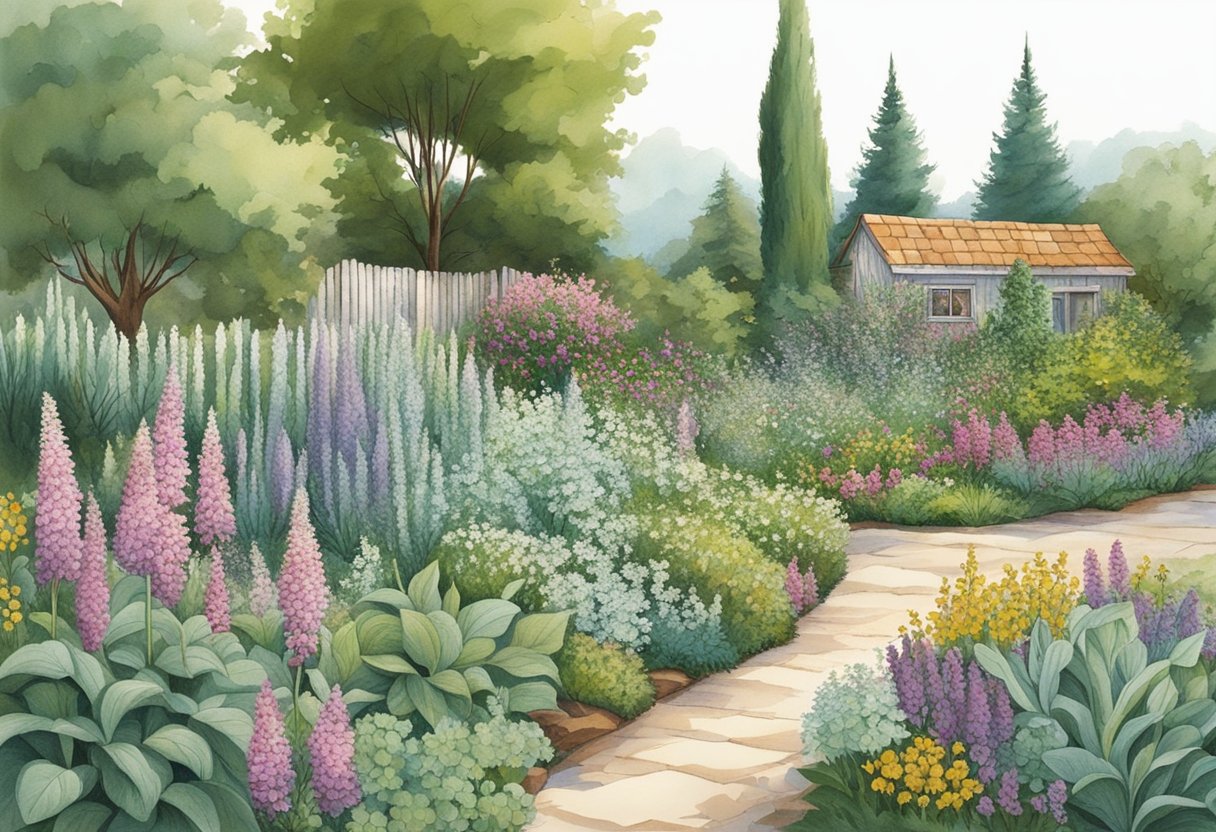
Geographical and Historical Information
Native Regions
Stachys byzantina , usually sleep together as Lamb ’s Ear , is a perennial plant that is aboriginal to the regions of Turkey , Armenia , and Iran . It is a member of the Lamiaceae family and is known for its soft , fuzzy leaf that resemble a lamb ’s auricle .
Historical Uses
Lamb ’s Ear has a farsighted story of medicative and cultural usage . It was used by ancient Greeks and Romans for its healing properties and was believed to avail treat wound and soothe pelt irritations . In traditional Iranian medicine , Lamb ’s capitulum was used as a remedy for coughs and frigidity .
In addition to its medicinal properties , Lamb ’s Ear also has ethnical significance . In the Middle East , it is often used in marriage ceremony ceremony as a symbol of good chance and birth rate . The indulgent leaves of the plant are also used in crafting , particularly in make dolls and other toys for children .
Overall , Stachys byzantina has played an important role in the cultural and medicinal exercise of the regions where it is aboriginal . Its unique appearance and properties have made it a valuable plant for centuries .
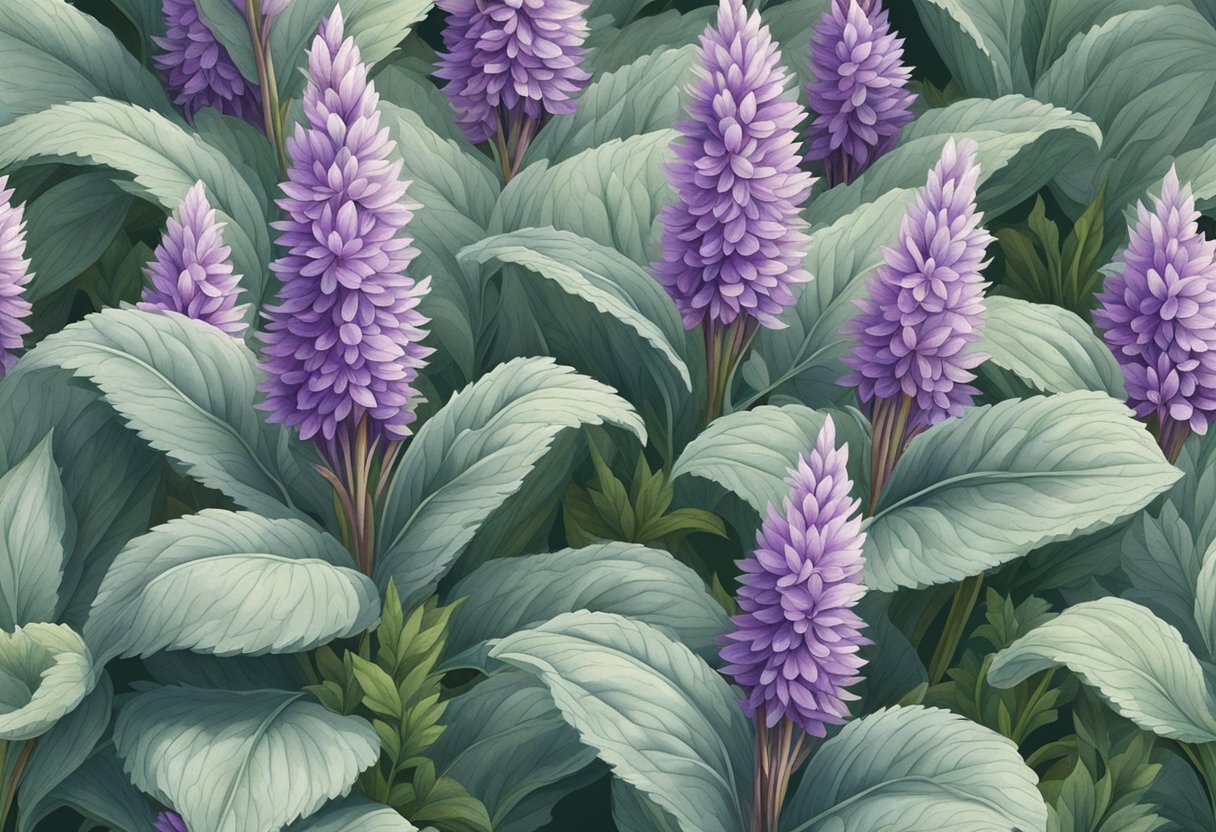
Environmental Impact and Conservation
Ecological Significance
Stachys byzantina , commonly known as Lamb ’s spike , is a popular ornamental plant due to its soft , velvety leave and low-down maintenance requirements . It is a native of Turkey and Iran but has been bring out to many part of the world , including North America , Europe , and Australia . In its aboriginal ambit , it is an important plant in the ecosystem , providing food and home ground for various insects and animate being .
Invasiveness and Control
However , outside of its native range , Lamb ’s ear can become encroaching and aggressively spread , outcompeting aboriginal plant life and disrupting the natural Libra the Scales of the ecosystem . It is specially elusive in areas with mild winters , as it can overwinter and apace institute itself in the spring .
To verify the spread of Lamb ’s ear , it is of import to prevent its launching into unexampled area and to remove any existing works before they can produce seeds . Mechanical removal , such as digging up the plant and its roots , is in force but can be labor - intensive . Herbicides can also be used , but maintenance must be hire to invalidate harming non - target species .
Overall , while Lamb ’s ear has bionomical significance in its aboriginal reach , it can become a problem in areas where it is encroaching . right direction and control measures are necessary to prevent its negative impact on the environment .
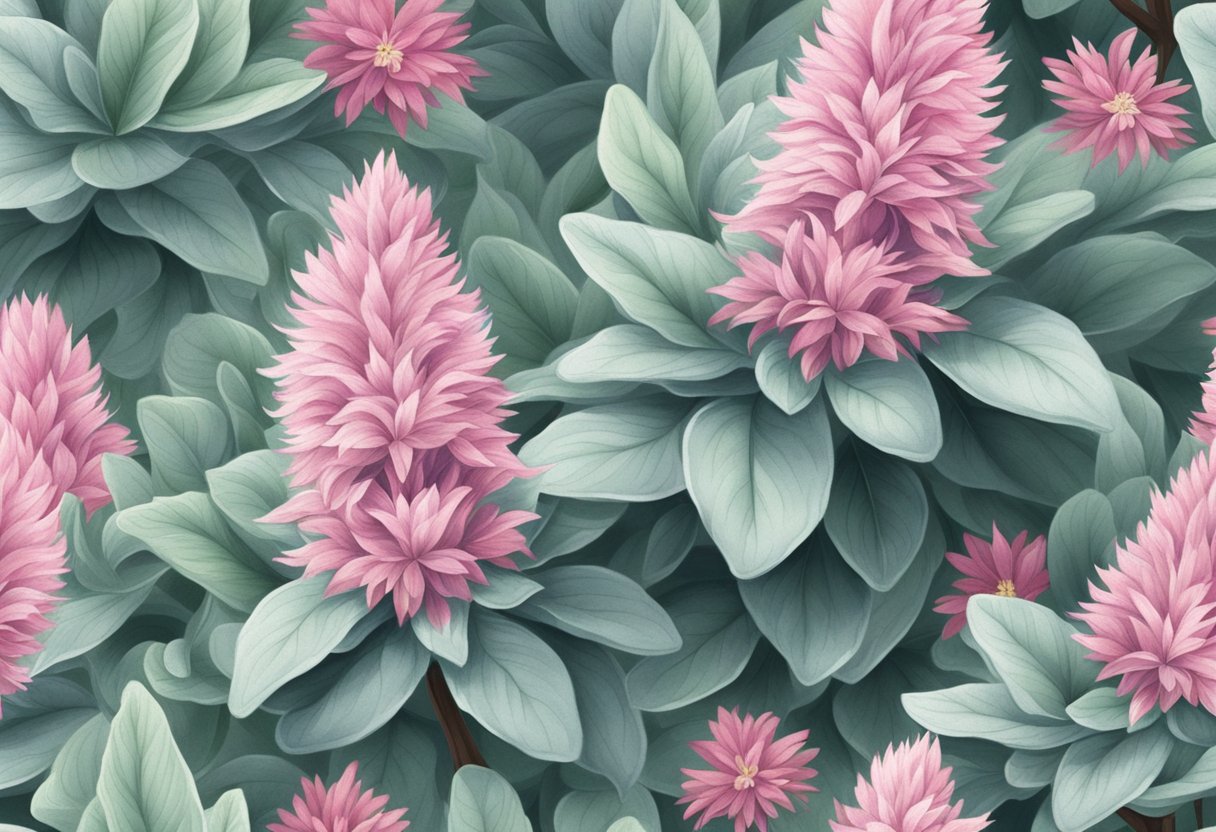
Frequently Asked Questions
How do you propagate Stachys byzantina ‘Lamb’s Ear’?
Stachys byzantina ‘ Lamb ’s Ear ’ can be circularize through division or stem press clipping . The best sentence to divide the plant is in the spring or drop . To do so , dig up the industrial plant and separate the clumps of leaves and roots . Replant the divisions in well - draining stain and body of water exhaustively . Stem press clipping can be call for in the leap or summer . Simply cut a stem with several leave and plant it in moist soil . Keep the dirt systematically moist until the cutting has rout .
What are the medicinal uses of Lamb’s Ear?
Lamb ’s Ear has been used for C for its medicative properties . It is known for its antibacterial and anti - incitive properties and has been used to cover wounds , Robert Burns , and insect bites . The leaves can also be used as a plaster to soothe pelt botheration .
Can Stachys byzantina ‘Lamb’s Ear’ become invasive?
While Stachys byzantina ‘ Lamb ’s Ear ’ is not considered invasive , it can pass around rapidly in the right-hand conditions . To prevent it from choose over , it ’s important to part the industrial plant regularly and to remove any seed heads before they can spread .
What is the best way to care for Lamb’s Ear plants?
Lamb ’s pinna prefers well - draining stain and full Dominicus to fond shade . It is drought - resistant once established but will gain from regular tearing during wry spells . Deadhead the flush to encourage more efflorescence and trim back any yellow or idle leaf to keep the plant life await neat .
Does Lamb’s Ear bloom, and what do the flowers look like?
Yes , Lamb ’s Ear does bloom . The flush are pocket-sized and pink to purpurate in color , and they bloom on magniloquent spikes that rise above the leaf . The flowers attract bee and butterfly to the garden .
Is Lamb’s Ear a perennial plant that returns each year?
Yes , Lamb ’s spike is a recurrent plant that generate each year . With proper maintenance , it can live for several years and will continue to circulate and fill up in garden beds over time .

